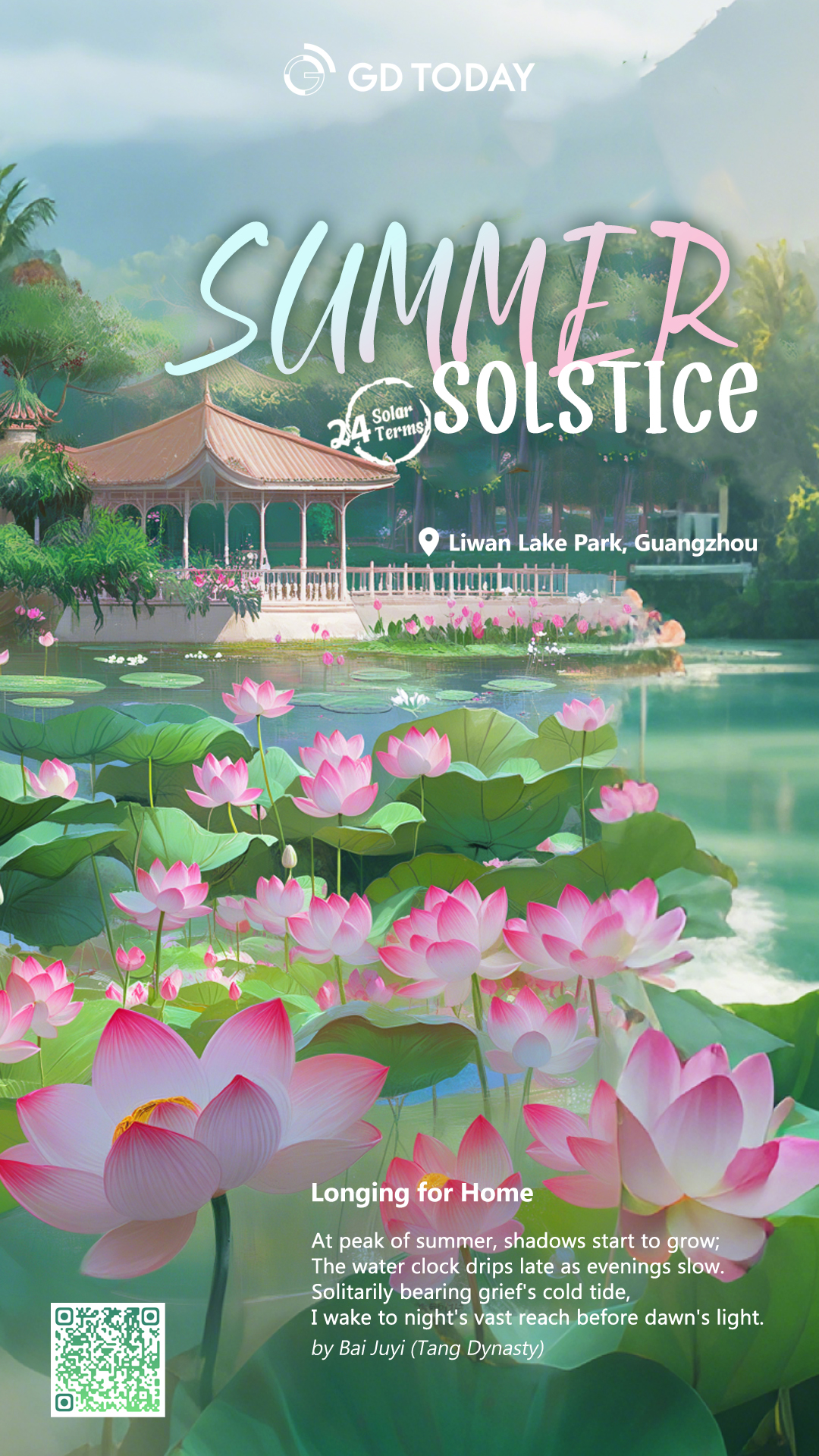
Summer arrived in southern China as the solstice began at 10:42 am Beijing time on June 21. For Guangdong province, crossed by the Tropic of Cancer, this meant a special noon show: objects briefly lost their shadows as the sun stood directly overhead.
The day isn't just about astronomy—it's a time for traditions. Across Guangdong's Lingnan region, people mark the solstice with fresh lychees. They pop the fruit straight from the tree, enjoying its sweet juice to kick away summer heat. Cooks also turn lychees into local favourites like lychee-stewed duck or lychee chicken dishes that feature in special solstice meals.
Farmers' customs take centre stage too. Many still observe "praying to heaven" ceremonies today, asking for fair weather to protect crops. Northern communities hope for rain against drought, while southerners like those in Guangdong often wish for clear skies to avoid flooding troubles. Down in Yangjiang, solstice eve brings the lively "Harvest Sickle Opening Festival." Neighbours make flatbreads and brew tea, then gather in open squares to dance the rhythmic Helou dance, thumping to ancient beats passed down from local ancestors.
Weather plays a big part in these traditions. Guangdong's solstice kicks off the stickiest, hottest weeks of summer. Thermometers often climb past 35°C with thick humidity hanging in the air. Afternoon thunderstorms roll in regularly, drumming rains onto steaming streets and fields, just as farmers begin gathering summer crops.
While the solstice delivers the longest daylight, locals know the true heat peaks later—usually mid-July brings the real scorchers. The season's plum rains start easing, but keep watch for possible typhoon threats down the line.
Author & Poster | Feng Huiting
Editor | Wei Shen, Shen He
















